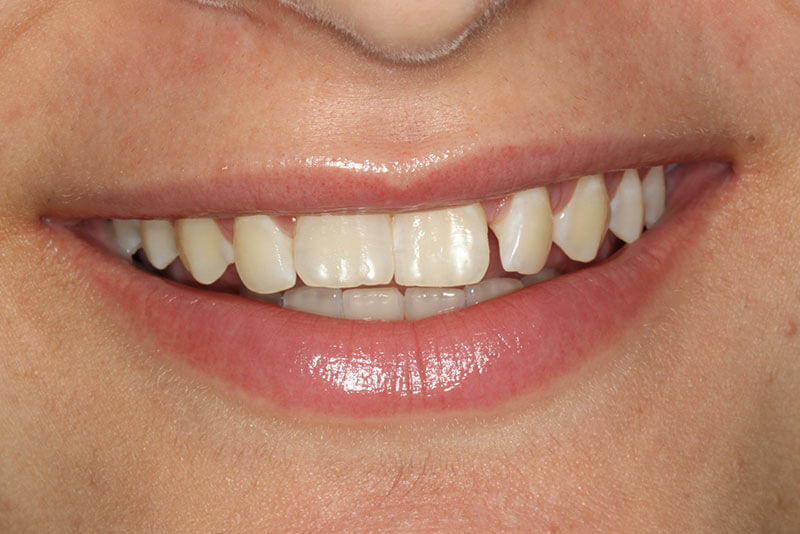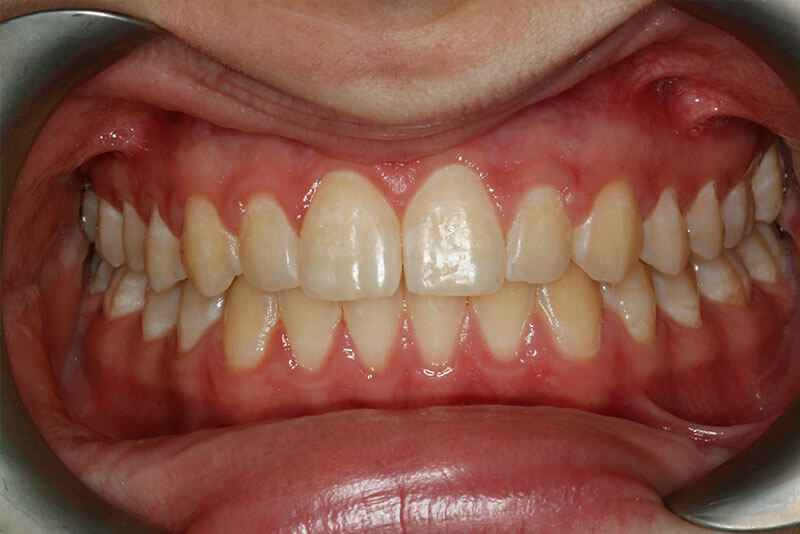Typically orthodontic braces are used in adolescence, but a recent survey revealed that over half the adult population in Australia (55%) felt self-conscious about their teeth. Moreover, almost two-thirds (62%) were considering orthodontic treatment.
Orthodontic braces can achieve excellent results for patients who would otherwise have to resign themselves to a lifetime of dental and cosmetic problems. However, deciding to undergo orthodontic treatment later in life is a big deal. You understand that your crooked teeth will eventually straighten, but how does that happen? Here’s a simplified version to help you understand the process.
How do braces actually work?
Orthodontic braces work by applying constant pressure to the teeth and jaws to shift their position and alter the smile’s appearance. Brackets fitted to the teeth secure an archwire, which puts pressure on the teeth. Over time, the pressure forces crooked teeth to move into alignment.
To understand how braces work, it helps to have an understanding of how teeth are constructed. The visible portion of the tooth is surrounded by gum tissue called gingiva, while the lower part of the tooth is encased in soft tissue known as the periodontal membrane or ligament.
As pressure is applied, the periodontal membrane stretches on one side and compresses on the other, causing the tooth to loosen slightly. New bone then forms to support the tooth. This process is called bone remodelling and is where the magic happens to straighten crooked teeth.
Types of orthodontic braces
So far, we’ve talked about metal braces but clear aligners, often referred to as clear braces, can also correct crooked teeth. Whereas metal braces utilise a single fixed device throughout treatment, removable clear aligners use a series of plastic trays worn in sequence to gently guide the teeth into their desired positions. Each aligner moves the teeth in small increments until the last aligner has been worn and the teeth are straight and even. Typically, aligners are recommended for minor to moderate cases, whereas metal orthodontic braces work to correct minor to complex issues.
How do braces work? – What problems are fixed first?
Generally, braces treatment is divided into three phases:
Phase one – Level and align
The first step is to shift the teeth so they sit side by side. The teeth may need to be moved up, down, or across to position the edges in a straight line.
Phase two – Bite adjustments
The second step involves adjusting the braces to correct bite problems such as underbite, overbite and crossbite. If patients have one or more gaps in their smile, the dentist or orthodontist will close the gaps during this phase.
Phase three – Fine-tuning
During the latter months of treatment, dentists complete any tidying up or fine-tuning, so every tooth sits in its best position before removing the braces.
When can patients expect to see results?

Braces have to move teeth slowly to be effective and comfortable. If the dentist tries to move them too fast, not only is it painful, but it may damage the tooth roots and the bone surrounding the teeth. It takes time to move the teeth to their new positions and for the bone to either reabsorb or form new bone according to which direction the teeth are moving.
No two orthodontic cases are the same. Patients who only need minor cosmetic changes may only wear orthodontic braces for six months. Other patients with more complex orthodontic cases involving multiple issues with their teeth and jaw could need to wear their braces for as long as three years.
How do braces work for adults compared to children?
While you’re never too old to wear braces, there are benefits when starting treatment younger.
The jaw is still growing as an adolescent, and underlying tissue moves around as a young person develops into an adult. The jaw is more flexible at this stage, and the teeth are more responsive to movement, which is why braces work well to correct crooked teeth in young patients and treatment time is usually faster than for an adult.
So now you know how braces work. So what’s next?
There’s no time like the present if you want to straighten your crooked teeth! Why not schedule an appointment with the experienced team at Bright-On Bay Dental. We offer orthodontic braces and Invisalign or SureSmile clear aligners and will be happy to discuss your best options. Call us today on (02) 9538 7028 or use our online booking service.
References
Orthodontics Australia – Aussies Want to Improve their teeth Survey
https://orthodonticsaustralia.org.au/aussies-want-improve-teeth/
NCBI – How Does The Periodontium Work?
https://www.ncbi.nlm.nih.gov/books/NBK279619/#:~:text=The%20teeth%20are%20connected%20with,on%20them%20while%20we%20chew.
Orthodontics Australia – Benefits of Early Treatment
https://orthodonticsaustralia.org.au/benefits-of-early-treatment/








Recent Comments